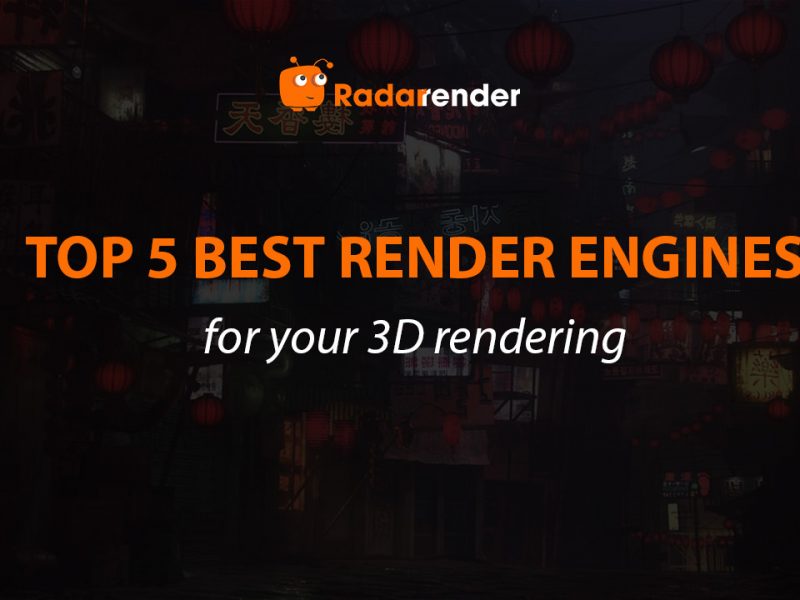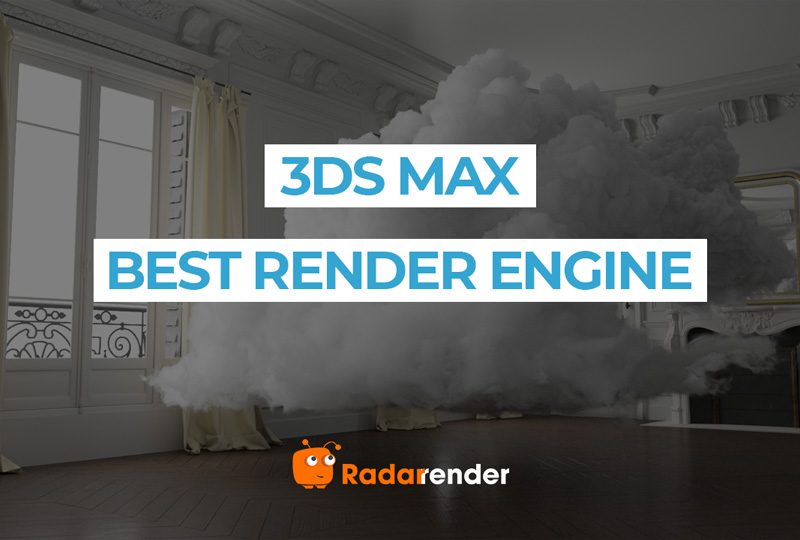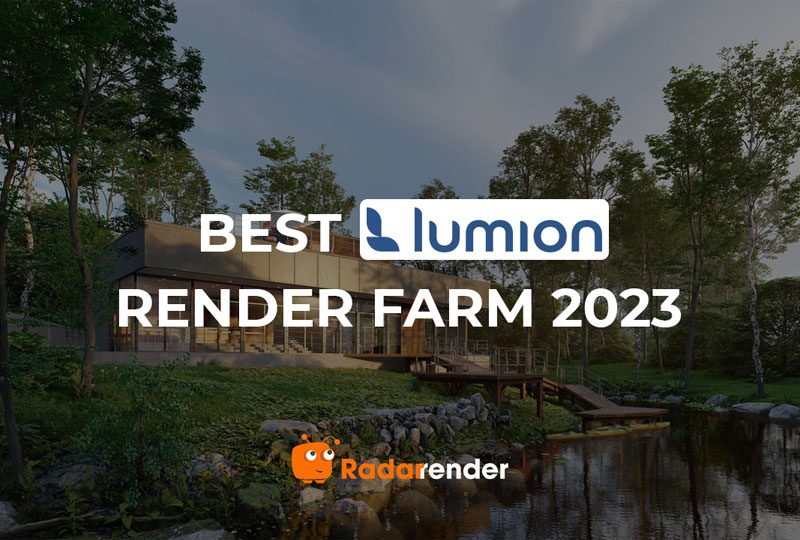Lumion or V-Ray: Which is better for SketchUp?
Lumion or V-Ray – these two programs both are able to create gorgeous visualizations. However, their features and how you integrate them into your 3D software (such as SketchUp) workflow are different. It is difficult to compare them side by side. The key thing is to figure out which one is best for you, not which one is best for everyone else.
When picking between the two programs, there are five key factors to consider.
In this Radarrender article, It is time to decide whether Lumion or V-Ray is the better program for you.
Rendering speed
Once you have crafted your 3D model in SketchUp, the next step is rendering. Lumion stands out against V-Ray for one major reason: its lightning-fast rendering speed. Compared to V-Ray, Lumion can produce the final image significantly quicker – think anywhere from 10 to 20 times faster, depending on various factors.
But why the speed difference? It all comes down to how Lumion and V-Ray tackle rendering. They have different approaches that set them apart in terms of rendering speed and photorealism.
Photorealism
When it comes to achieving photorealism in your renders, Lumion and V-Ray take different paths behind the scenes. This not only influences how quickly they render but also impacts the lifelike quality of the final result.
Here is the lowdown: V-Ray works as a ray tracer, meticulously tracing the path of every light ray in your scene. This in-depth calculation, while accurate, can demand significant computational power and time. Yet, the payoff is immense—the realism is top-notch. With V-Ray, you are simulating real-world lighting intricacies, resulting in precise shadows, reflections, and refracted light in your renderings.
On the flip side, Lumion opts for a rasterized rendering approach, leveraging clever shortcuts to deliver faster results. It approximates various elements in the render, skirting the precise computation of shadows, bounced light, or reflections. The outcome? Often impressively realistic, hitting the mark for many rendering needs. However, in certain scenarios, the discerning eye might notice a disparity in quality and realism compared to what a ray tracer like V-Ray achieves.
Choosing between Lumion or V-Ray depends on more than just speed and realism. You will also want to factor in how each program handles the setup of your renderings and the construction of your models. These nuances play a pivotal role in determining which one aligns best with your specific needs and workflow preferences.
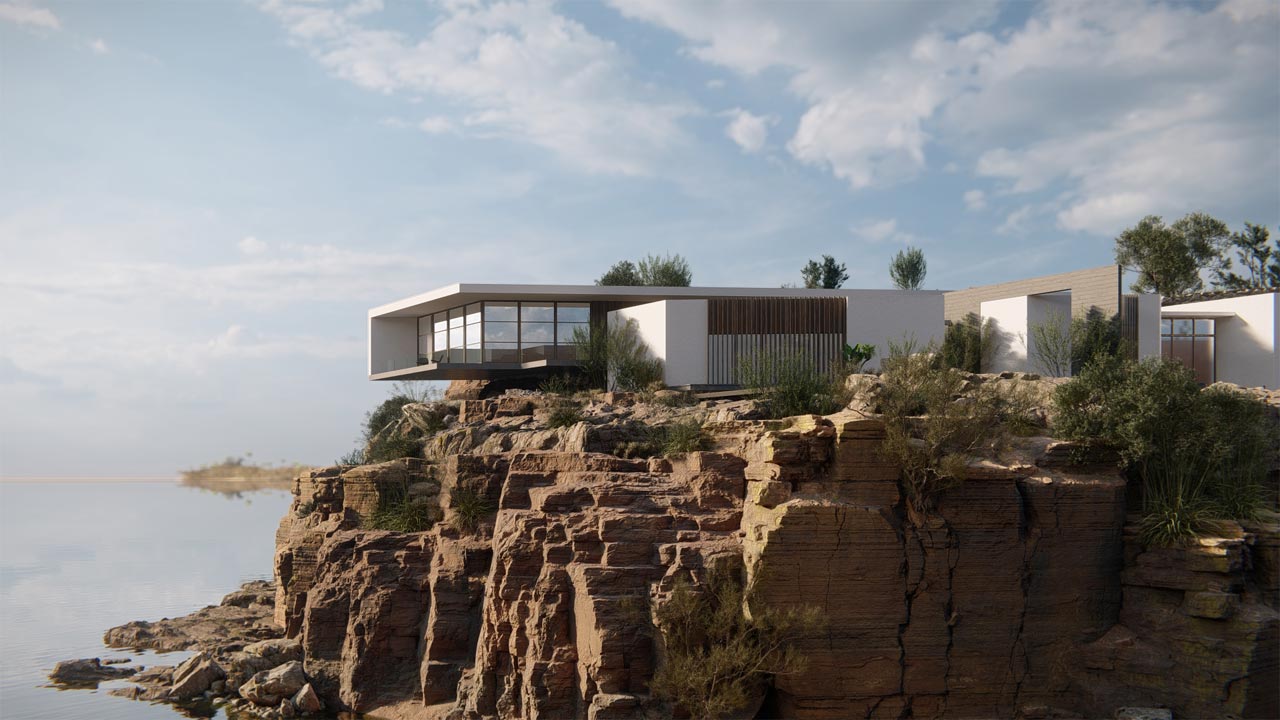
Image source: Lumion
Content Library
Let’s talk about the assets and models in your 3D scenes – they are the secret sauce that adds depth and realism to your renders. The quality of the models you place can make all the difference.
Lumion, for instance, boasts a vast content library of over 7200 render-ready assets and models, making it a standout choice. This content library includes lifelike trees, plants, furniture, people, animals, vehicles—everything you need, complete with the right materials and settings for stunning renders.
Now, V-Ray has got something up its sleeve too, starting from V-Ray 5. It offers Cosmos, a curated collection of high-quality 3D models. Just a few clicks and you can sprinkle trees, plants, furniture, and more directly into your SketchUp model. They import with a low level of detail for a sleek model, yet when it comes to rendering, they shine with full detail and realistic materials.
But what sets Lumion’s content library apart?
For starters, it is massive, several times larger than Cosmos, and boasts an expansive collection of trees and vegetation. And here is the cool part: with Lumion, you can effortlessly create variations, scatter objects randomly, and even tweak their appearance to match different seasons. While achieving similar feats with V-Ray is possible, it might involve diving into more advanced techniques and SketchUp extensions.
Last but not least, Lumion’s models often come pre-loaded with animation-ready properties. Think moving leaves on trees or animated figures strolling about – a nifty touch that can elevate your scenes effortlessly.
Building Environment
Let’s explore how Lumion and V-Ray differ in building your environment, in other words, the world around your model.
Terrain
Lumion comes packed with nifty tools that swiftly add mountains, lakes, oceans, and more. But here is the catch. These tools are exclusive to the Lumion environment. They will not alter any terrain you have imported from SketchUp. So, if you need specific site elements or precise typography, you will have to shape those in SketchUp before bringing them into Lumion. Keep in mind, though, that these elements only exist within Lumion and will not reflect in your SketchUp plans, elevations, or perspectives.
Now, when it comes to V-Ray which works within SketchUp itself. You will rely on SketchUp’s sandbox tools or maybe grab an extension like Artisan to sculpt your entire scene. Naturally, you will tweak materials along the way to ensure they render beautifully in the end. While V-Ray can pull off similar terrain results as Lumion, it is a process that demands time and effort, especially in nailing down specific scenery.
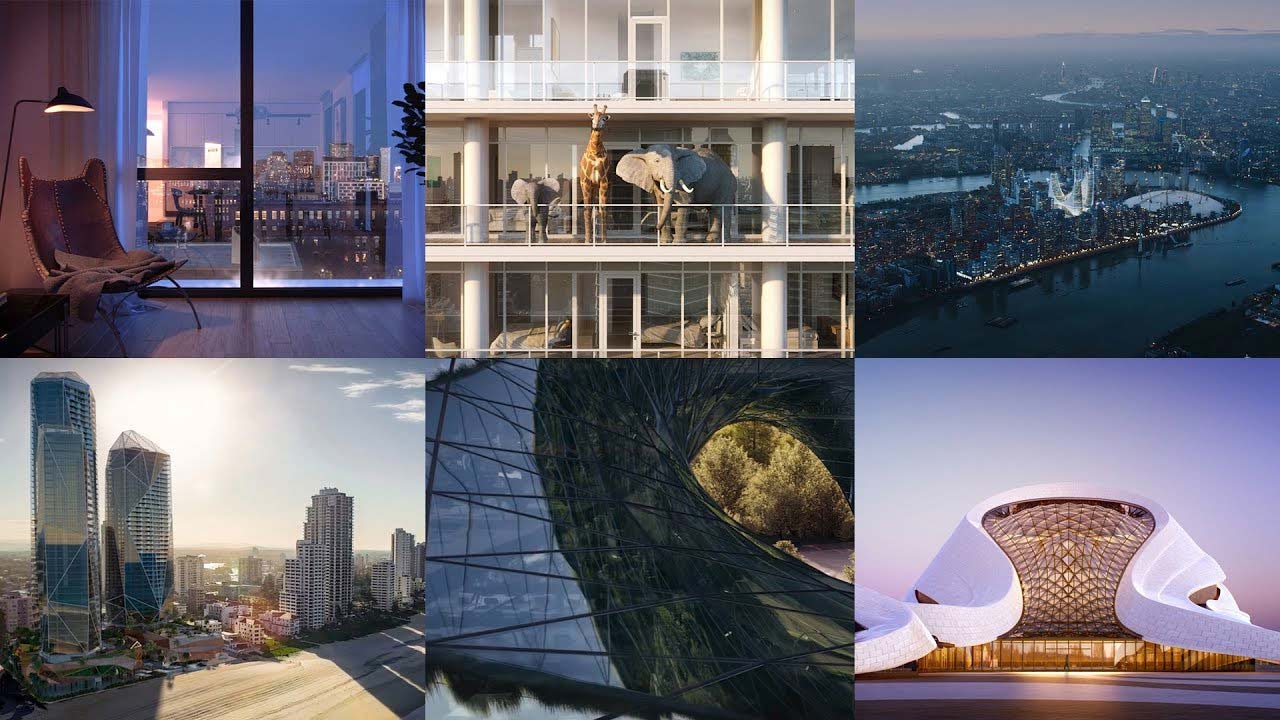
Image source: ChaosTV Youtube
Depending on your needs, getting the terrain just right can be a real undertaking. Lumion’s tools, especially for certain landscapes, can be a total game-changer in terms of both time-saving and achieving realism.
Sky
Let’s talk skies! When it comes to crafting a realistic backdrop for your renders in V-Ray or Lumion, you are in for a treat compared to SketchUp’s default sky.
In Lumion, it is a breeze – you choose from their library of skies. Want more? You can play architect and position your own sun, moon, clouds, and even throw in weather effects like rain or snow for that extra touch.
Now, in V-Ray, your sky game can get even better. You can stick with their default sky or level up by using a more true-to-life HDR image. V-Ray 5 and later versions open up a range of options through the Cosmos library. But if you are a seeker for that perfect sky, you can scout and import an HDR image into SketchUp, fine-tuning settings for seamless integration into your render.
Here is a slight difference. Unlike Lumion, V-Ray will not let you add contrails or weather elements directly. So if you are eyeing those, a post-render touch-up in a program like Photoshop might be the ticket.
Animation
The final difference between Lumion or V-Ray we are going to talk about is animation.
In SketchUp, walk-throughs and fly-throughs are architects’ and interior designers’ showstoppers for presenting models to clients. Now, both V-Ray and Lumion can kick these animations up a notch, but they do it in their own unique ways.
Lumion is the speedster here, it churns out animations faster. But if you are after top-tier photorealism, V-Ray has got the edge.
What makes Lumion shine in the animation aspect? Well, it is loaded with features that really make it stand out. Picture this: objects and textures with built-in ambient animation – rippling water, swaying leaves, flickering fires – it is all part of the package. Plus, you can easily program objects like people, vehicles, and more to strut their stuff. Plus, you can animate weather effects, move clouds across the sky, and more, all within Lumion. Editing multiple animation clips, throwing in titles, and even adding sound? Yep, you can do it all right there.
And V-Ray? It is a bit different. For editing animation clips together and adding those extra touches like titles, you will need to hop over to another program like Final Cut or Premiere.
So, if you are aiming for quick animations loaded with ambient magic, Lumion is your go-to. But if photorealism is your priority, V-Ray might be your ace in the hole.
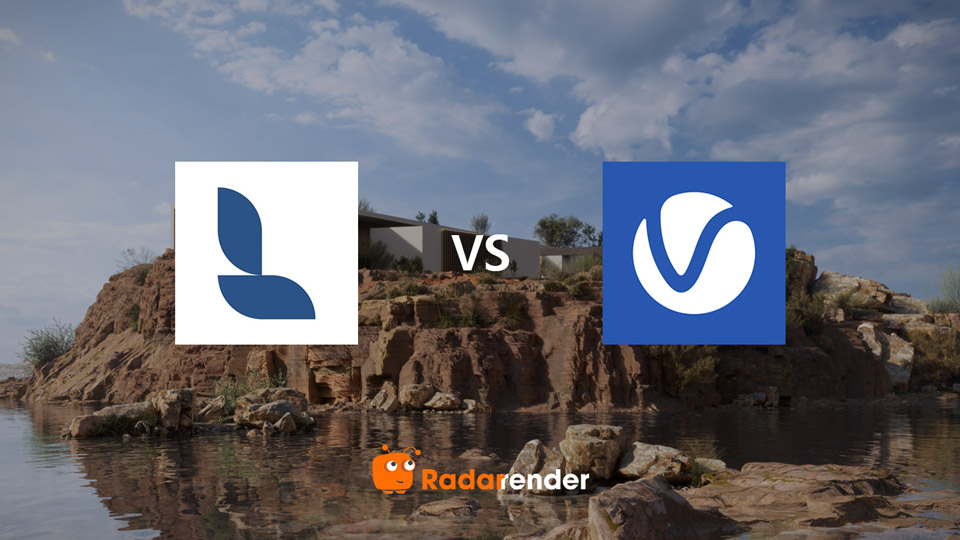
Lumion or V-Ray
Conclusion
Now, you know 5 key differences between Lumion or V-Ray.
In your opinion, which is better: Lumion or V-Ray? Or which render engine you are using for Sketchup? Let us know in the comments below!
See more: Best Lumion Render Farm 2023
See more: Twinmotion vs Lumion



